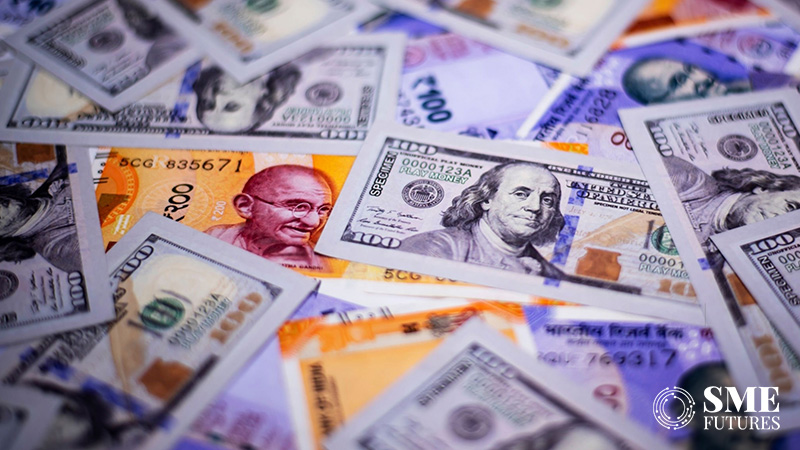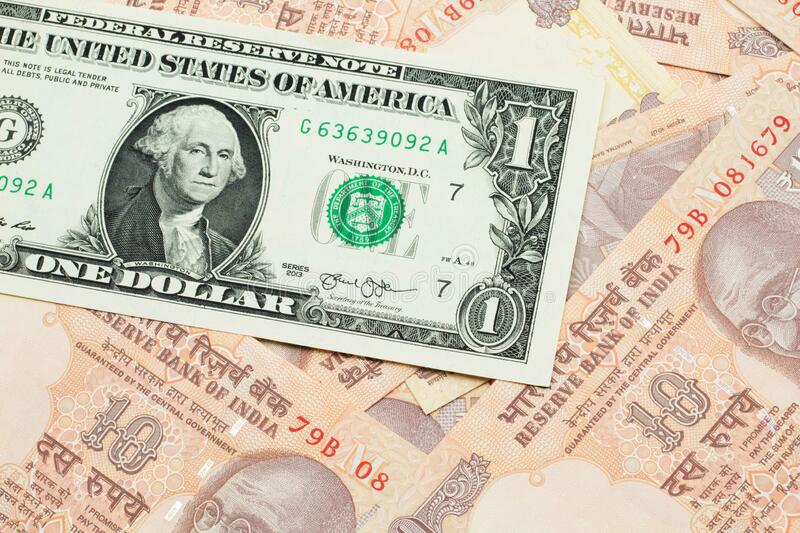Prior to Federal Reserve Chairman Jerome Powell’s address later that day in Jackson Hole, Wyoming, the rupee entered the day on August 25 slightly down against the dollar, reflecting declines in its Asian counterparts. The domestic currency was trading at 82.64 per dollar in the morning session, down 0.10 percent from its previous close of 82.58.
Lower prices were being traded on Asian currency exchanges. The Thai baht fell by 0.44 percent, the South Korean won by 0.37 percent, the Indonesian rupiah by 0.32 percent, the Taiwan dollar by 0.22 percent, the Malaysian ringgit by 0.15 percent, and China offshore, Japanese yen, and Chinese yuan each fell by 0.1 percent. The Philippine Peso, however, increased by 0.24 percent.
The dollar index, which gauges how well the US dollar performs versus a basket of other currencies, was up 0.20 percent from its previous closing of 103.98 to 104.19.
After the RBI advised bank dealers to avoid holding positions in NDF and sold dollars, the rupee gained to 82.37 on August 24. The rupee was nevertheless driven to 82.60 before closing at 82.57 due to sustained oil imports totaling almost $1.5 billion. This morning’s optimistic outlook for the dollar is anticipated by traders, and it is anticipated to last through the Symposium speech.
In anticipation of Powell’s speech in Jackson Hole later on Friday, traders increased their bets on the dollar index, hoping he would confirm forecasts of higher rates for longer.

